Histologic Basis of Ocular Disease in Animals
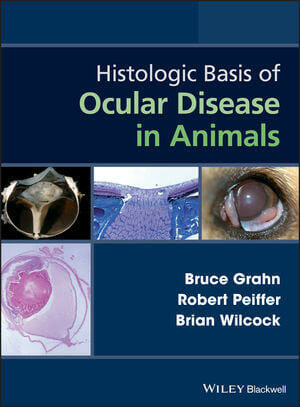
By Bruce Grahn, Robert Peiffer, Brian Wilcock
Histologic Basis of Ocular Disease in Animals PDF is a comprehensive reference covering pathology of the eye in a spectrum of animal species, including domestic animals, fish, birds, and laboratory animals.
- Offers a comprehensive resource on diseases and conditions of the eye and orbit in a wide range of species
- Covers domestic animals, fish, birds, and laboratory animals
- Presents more than 1200 high-quality images carefully selected to illustrate the ocular conditions covered
- Emphasizes unique pathological responses where necessary
Read more: Small Animal Ophthalmology What’s Your Diagnosis?
Foreword xiii
Acknowledgements xv
1 Fixation and processing of ocular tissues 1
Fixatives 1
Fixation and sectioning artifacts 2
Fixation techniques 3
Trimming the fixed globe 5
Electron microscopy 13
References 14
2 General pathology of the eye 15
Adaptations characterized by changes in cell size, number, or appearance 15
Neoplasia 19
Nomenclature 23
Distinguishing benign from malignant 25
Prognostication 27
Unsuccessful adaptation: cellular degeneration, necrosis, and apoptosis 27
Calcification, pigmentation, and cystic change 30
Ocular inflammation 32
Ocular manifestations of acute inflammation 34
Chronic inflammation 39
Ocular manifestations of chronic inflammation 39
Immune privilege 41
Lymphocytic–plasmacytic endophthalmitis 42
The sequelae of intraocular inflammation and other injuries 43
Limited regenerative ability 43
Susceptibility to scarring 43
Further reading 46
3 Congenital anomalies 49
Introduction 49
Defective organogenesis 50
Defective early organogenesis 50
Anophthalmos and cystic globe 53
Anophthalmos and microphthalmos 54
Cyclopia and synophthalmos 56
Congenital anomalies of lens 56
Congenital retinal nonattachment 63
Aniridia – iridal hypoplasia or aplasia 63
Coloboma 63
Defective later organogenesis 64
Neurectodermal defects 64
Multifocal retinopathies 71
Multiple ocular anomalies (MOA) in Rocky Mountain horses 71
Anomalies of surface ectodermal origin that develop during later organogenesis 73
Congenital adnexal cysts 73
Dermoids 73
Defects of neural crest migration and mesenchymal differentiation that develop in later organogenesis 73
Congenital corneal disease 73
Congenital disorders of neurocrest and mesenchymal tissues that manifest in the uvea during later organogenesis 74
Persistent pupillary membranes (PPMs) 74
Congenital glaucoma 75
Uveal hypoplasia 78
Collie eye anomaly (CEA) and related defects 78
Persistence of embryonic vasculature 81
References 83
4 Histopathology of ocular trauma 89
Perforating and penetrating wounds of the globe and ocular tissues 89
Perforating wounds of the globe 89
Traumatic intraocular hemorrhage 89
Expulsive subchoroidal hemorrhage 90
Sequelae of intraocular hemorrhage 90
Posttraumatic inflammation 95
Phacoclastic endophthalmitis and traumatic cataract 95
Infectious endophthalmitis 95
Trauma to individual ocular tissues 95
Orbit and optic nerve 95
Cornea/sclera 95
Uvea 100
Lens 101
Vitreous and retina 101
Globe as a whole 101
Reaction to foreign materials 101
Complications of ocular surgery 102
Chemical and thermal burns 102
Effects of radiant energy 103
References 103
5 Diseases of the eyelid, conjunctiva, lacrimal, and nasolacrimal systems 105
Eyelids 105
Structural disorders 105
Dermoids 105
Hamartomas 105
Subconjunctival fat prolapse 105
Entropion, ectropion, and medial canthal pocket syndrome 105
Distichiasis, districhiasis, and ectopic cilia 106
Inflammatory disease 108
Pyogranulomatous (granulomatous) blepharitis 108
Juvenile sterile granulomatous dermatitis and lymphadenitis (juvenile cellulitis) 110
Chalazion 110
Medial canthal erosion syndrome 111
Proliferative pox virus blepharitis in birds 111
Parasitic eyelid disorders 111
Demodicosis 111
Cnemidocoptes pilae (scaly beak) infestation of avian species 113
Eyelid tumors and neoplasms 113
Cystic apocrine hyperplasia (hidrocystomas, sudoriferous cysts, and apocrine cysts) 113
Granular cell tumor 113
Meibomian (tarsal gland) adenoma 115
Melanocytoma and melanoma 115
Histiocytoma 118
Mast cell tumor 118
Peripheral nerve sheath tumors 118
Equine sarcoid 121
Squamous cell carcinoma 122
Diseases of the conjunctiva 123
General pathology of the conjunctiva 124
Congenital conjunctival abnormalities 124
Infectious conjunctivitis 126
Herpesvirus 126
Chlamydophila (chlamydia) 126
Rickettsia rickettsi 126
Moraxella bovis 126
Parasitic conjunctivitis 126
Noninfectious inflammatory disease 127
Episclerokerataconjunctivitis 127
Lipogranulomatous conjunctivitis of cats 127
Eosinophilic conjunctivitis 128
Miscellaneous conjunctival disorders 128
Conjunctival overgrowth in rabbits (pseudopterygium) 128
Membranous (ligneous) conjunctivitis 129
Conjunctival neoplasms 129
Conjunctival lymphoma 129
Conjunctival mast cell tumors 130
Conjunctival melanoma and melanocytoma 130
Viral papillomas 133
Conjunctiva squamous papilloma 133
Conjunctival squamous cell carcinoma 133
Conjunctival vascular neoplasia 133
Miscellaneous neoplasms of the third eyelid 133
Lacrimal and nasolacrimal disorders 136
Neoplasms of the gland of the third eyelid 136
Prolapsed gland of the third eyelid 138
Keratoconjunctivitis sicca (KCS) 138
Dacryops and canaliculops 138
References 138
6 Diseases of the cornea 143
Corneal wound healing 143
Epithelial wound healing 143
Stromal wound healing 147
Endothelial wound healing 149
Epithelial and fibrous ingrowth 151
Healing of corneal grafts 152
Nonspecific corneal responses to insult 152
Corneal vascularization 152
Corneal pigmentation 154
Corneal edema 154
Keratitis 154
Epithelial alterations of keratitis 154
Stromal alterations of keratitis 156
Endothelialitis 158
Specific inflammatory corneal disease 159
Immune‐mediated nonulcerative keratitis 159
Immune‐mediated ulcerative keratitis 159
Superficial punctate keratitis (punctate erosive corneal dystrophy) 159
Chronic superficial keratitis (pannus) 159
Eosinophilic keratitis 161
Miscellaneous corneal disorders: corneal sequestrum, indolent corneal ulceration, corneal dystrophy, corneal lipid infiltrates, and corneal degeneration 161
Corneal sequestrum 161
Indolent ulceration (boxer ulcer, spontaneous corneal epithelial defects) 164
Corneal dystrophies, corneal lipid infiltrates, and corneal calcific/lipid degeneration 165
Miscellaneous corneal disease 167
Corneal neoplasia 172
References 177
7 Diseases of the episclera and sclera 181
Primary episcleral and scleral inflammatory disorders: a brief introduction 181
Secondary scleritis 181
Scleral neoplasia 182
Limbal melanocytoma 184
Episcleritis (episclerokeratitis, episclerokeratoconjunctivitis) 185
Scleritis and necrotizing scleritis a continuum or separate conditions? 189
Non‐necrotizing scleritis 193
Necrotizing scleritis 195
Parasitic episcleral disease (onchocerca vulpis/lienalis) 195
References 196
8 Histologic manifestations of disorders of the uvea 197
Normal aging changes 203
Degenerative diseases of the uvea 205
Uveal atrophy 205
Uveal cysts 205
Cystoid degeneration of the pars plana ciliary epithelium 205
Pre‐iridal fibrovascular membranes (PIFMs) 208
Heterotopic bony metaplasia of the ciliary body in guinea pigs 208
Uveitis 210
The nomenclature of uveitis 210
The intraocular events of uveitis 210
The etiologic implications of inflammatory exudates 216
Immune privilege 218
Consequences of uveitis 218
Histologic basis of the common infectious, idiopathic, and immune‐mediated uveitis syndromes in domestic animals 221
Lens‐induced uveitis 221
Phacolytic uveitis 223
Phacoclastic uveitis 224
Equine recurrent uveitis 227
Feline lymphocytic–plasmacytic uveitis 231
Pigmentary uveitis/pigmentary glaucoma of dogs 231
Equine heterochromic iridocyclitis with secondary keratitis 233
Vogt–Koyanagi–Harada‐like or uveodermatologic syndrome in dogs 233
Uveal xanthogranuloma in miniature schnauzers 235
Uveitis associated with specific infectious agents 235
Viruses 235
Feline infectious peritonitis 235
Canine adenovirus‐associated uveitis 238
Canine distemper virus‐associated uveitis 239
Bovine malignant catarrhal fever (MCF)‐associated uveitis 239
Bovine viral diarrhea mucosal disease‐associated uveitis 239
Ovine bluetongue 239
Equine viral arteritis (EVA)‐associated uveitis 239
West Nile‐associated avian uveitis 239
Hog cholera 239
Bacteria 240
Fungi 241
Other infectious causes for endophthalmitis 245
Algal endophthalmitis 246
Protozoan endophthalmitis 246
Metazoan parasitic uveitis 246
References 250
9 Histologic basis of glaucoma 255
Introduction 255
The gross, subgross, and histologic lesions of elevated IOP 255
Retinal changes 257
Optic nerve changes 262
Classification of canine glaucoma and introduction to open and closed angles 266
Congenital glaucoma 267
Primary glaucoma 270
Open angle glaucoma of beagle dogs 274
Primary (congenital) glaucoma in New Zealand white rabbit 274
Secondary glaucoma 274
Pre‐iridal Fibrovascular Membrane 274
Posterior Synechia with Pupillary Block 275
Vitreous degeneration, syneresis, and anterior chamber prolapse 275
Trabecular obstruction by tumor 278
Other causes of secondary glaucoma in dogs 278
Glaucoma in cats 283
Glaucoma in horses 284
References 286
10 Histologic manifestations of acquired and inherited diseases of the lens 289
Embryology and anatomy of the lens 289
Physiology of the lens 292
Pathology of the lens 292
Aging changes 294
Cataract 294
The classification of cataracts 294
The histopathology of cataract 294
The pathogenesis of cataracts 299
Etiologies of cataract 299
Lens luxation 302
Inherited lens zonular dysplasia 303
References 305
11 Acquired diseases of the vitreous 307
Primary disorders of the vitreous 310
Vitreous degeneration 310
Asteroid hyalosis 315
Posterior vitreous detachment 315
Synchisis scintillans 315
Uveal and neuroectodermal pigment and cysts within the vitreous and incidental parasitic encounters 317
Neovascularization 317
Conditions with secondary vitreous involvement 317
Vitritis 317
Vitreous hemorrhage 319
References 322
12 Histologic manifestations of retinal disease 325
Introduction 325
Retinal diseases by histologic pattern 328
Retinal atrophy 329
Inner retinal atrophies 329
The pathogenesis of retinal degeneration secondary to glaucoma 329
Retinal atrophy secondary to non‐glaucomatous optic nerve injury and vascular disease 335
Optic nerve hypoplasia/aplasia 336
Outer retinal (photoreceptor) atrophies 336
Inherited photoreceptor dysplasias and degenerations 336
Retinal detachment 340
Toxic and nutritional retinopathies 346
Fluoroquinolone‐induced retinal degeneration 346
Vitamin A deficiency 347
Vitamin E deficiency 347
Taurine deficiency 347
Light‐induced retinal degeneration 347
Sudden acquired retinal degeneration (SARD) and immune mediated retinopathy (IMR) of dogs 352
Diseases targeting the retinal pigment epithelium 352
Retinal pigment epithelial dystrophy (central progressive retinal atrophy) 352
Hereditary retinal pigment epithelial disorders (congenital stationary night blindness of briard dogs, multifocal retinopathies) 352
Canine multifocal retinopathy 354
Retinal pigment epithelial dysplasia in the royal college of surgeons rat 354
Localized chorioretinal atrophy in rats 354
Retinitis 354
Bystander retinitis 356
Retinitis as a manifestation of neurologic disease 356
Histophilus somni (formerly Hemophilus somnus) infection in cattle 356
Canine distemper 356
Retinal lesions reflecting noninfectious systemic disease 357
Retinal lesions of systemic hypertension 357
Retinal lesions resulting from inborn errors in the intermediary metabolism (lysosomal storage diseases and others) 357
Retinal injury from thermal energy 358
Retinal neoplasms 358
Medullopitheliomas 360
Retinoblastoma 360
References 360
13 Acquired diseases of the optic nerve 367
Intraocular disorders with associated optic neuropathy 367
Glaucomatous optic neuropathy 367
Endophthalmitis and ascending optic neuritis 372
Canine distemper optic neuritis 372
Orbital disorders that affect the optic nerve 372
Proptotic optic neuropathy 372
Orbital cellulitis/abscess with optic nerve sepsis 372
CNS conditions that affect the optic nerve 372
Optic nerve disorders 376
Granulomatous meningoencephalitis 376
Unilateral granulomatous optic neuritis 376
Optic neuropathy in horses 376
Feline optic neuropathies 376
Other causes of optic neuritis 378
Toxic optic neuropathy 378
Vitamin A deficiency 379
Primary optic nerve neoplasms 381
Meningioma 381
Optic nerve gliomas 382
Peripapillary medulloepitheliomas 382
Lymphosarcoma and other metastatic neoplasms 382
References 384
14 Acquired diseases of the orbit 387
Introduction 387
Inflammatory disease 387
Extraocular myositis 388
Lacrimal adenitis 389
Orbital trauma/hematoma 390
Zygomatic sialocoele 391
Orbital cysts and post‐enucleation orbital mucocoeles 393
Parasitic orbital disease 396
Orbital neoplasia 396
Multilobular tumor of bone (multilobular osteochondroma) 398
Primary orbital osteoma and osteosarcoma 402
Lacrimal adenoma and adenocarcinoma 404
Harderian gland adenomas and adenocarcinomas 404
Rhabdomyosarcoma 404
Orbital myofibroblastic sarcoma 404
Vascular anomalies 406
References 406
15 Intraocular neoplasia 409
Non‐neoplastic hyperpigmented lesions 410
Benign melanocytic neoplasia 410
Uveal melanocytoma 410
Uveal melanocytosis (melanosis) 415
Malignant uveal melanomas 415
Canine and feline uveal malignant melanoma 415
Diffuse iris melanoma of cats 417
Iris and ciliary epithelial neoplasia 422
Medulloepithelioma and retinoblastoma (primitive neuroectodermal tumors) 426
Primary ocular sarcomas of cats and rabbits 428
Schwannomas of blue eyed dogs 430
Osteosarcoma and chondrosarcoma 430
Miscellaneous primary intraocular tumors 432
Metastatic uveal neoplasia 433
Lymphosarcoma 433
Secondary intraocular neoplastic extension from primary nasal and orbital and adnexal neoplasms 435
References 436
Index 443

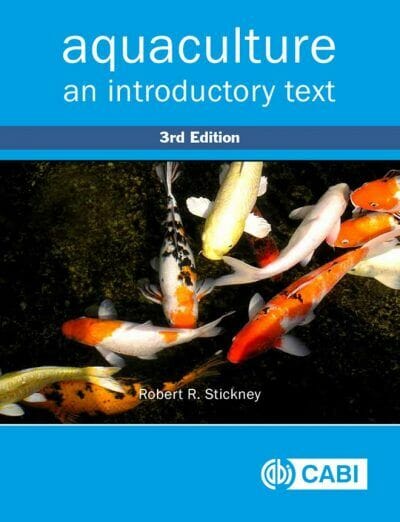

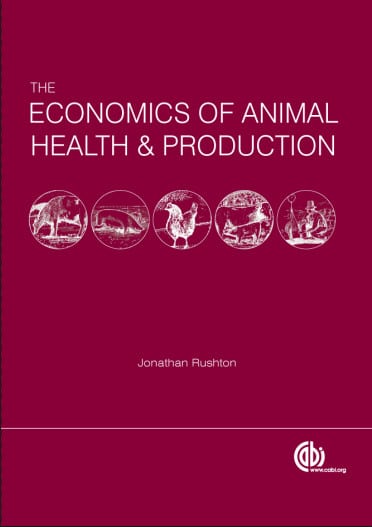
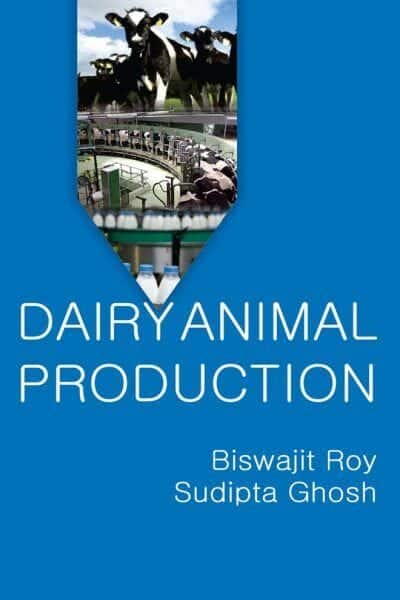

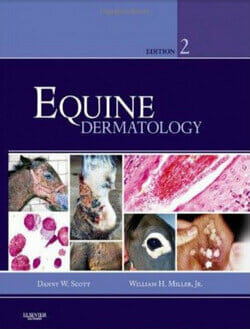

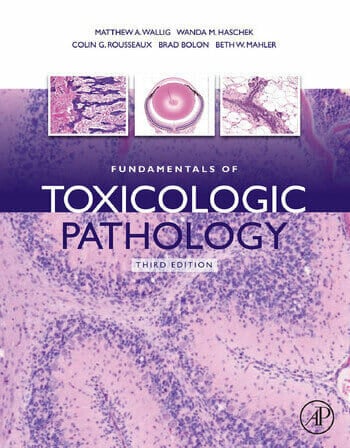
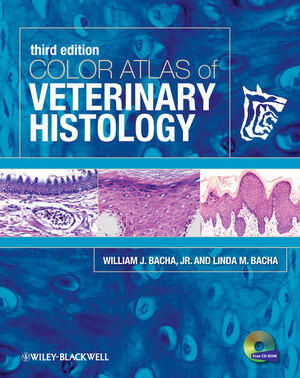
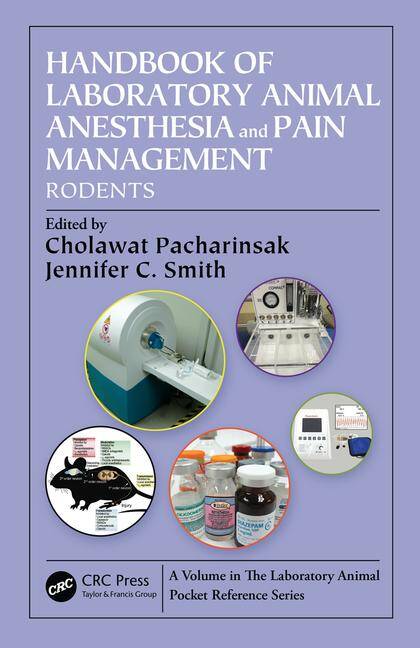
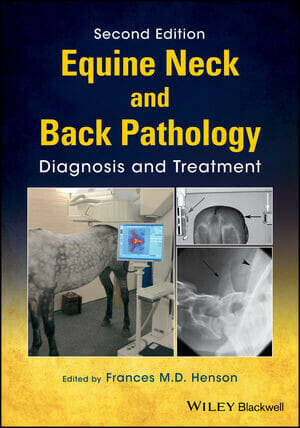
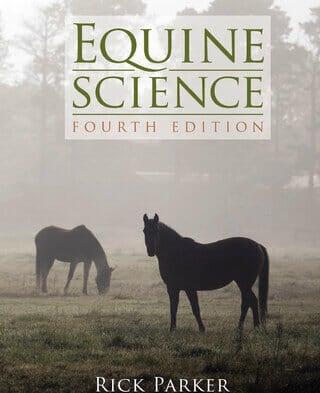
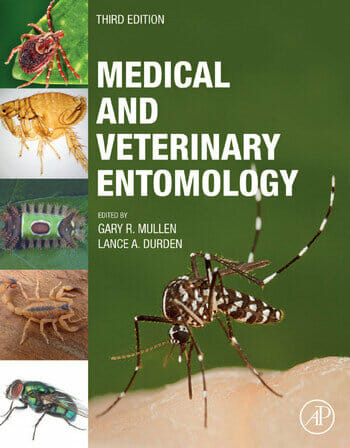








![Ettinger’s Textbook of Veterinary Internal Medicine 9th Edition [PDF+Videos] Ettinger’s Textbook of Veterinary Internal Medicine 9th Edition [True PDF+Videos]](https://www.vet-ebooks.com/wp-content/uploads/2024/10/ettingers-textbook-of-veterinary-internal-medicine-9th-edition-100x70.jpg)





